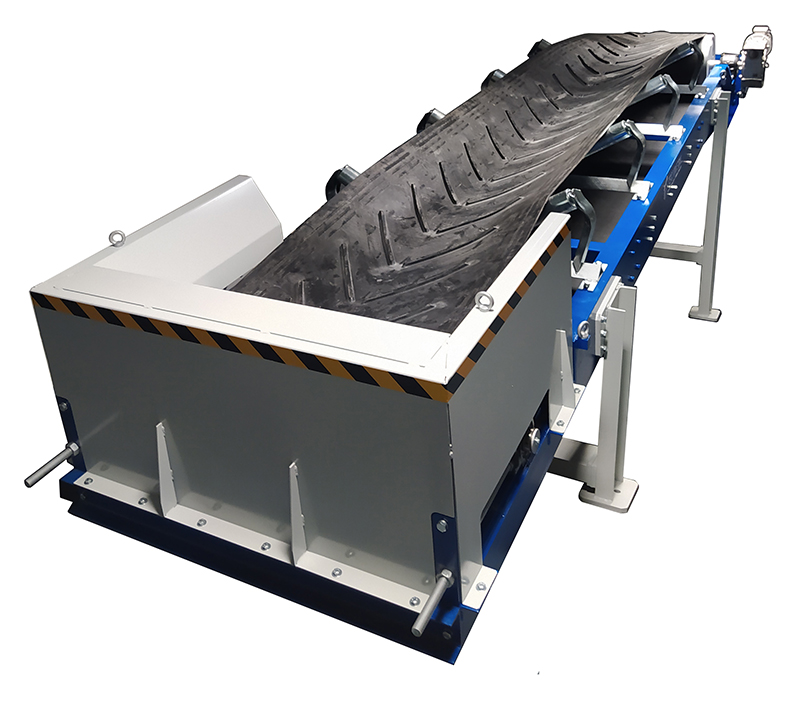Portable Conveyors for On-Site Aggregate Transport
In the fields of construction, landscaping, and demolition, efficiently transporting materials such as gravel, sand, crushed concrete, and other aggregates remains an ongoing challenge. The increasing need for operational flexibility, speed, and reduced manual labor has led to widespread adoption of portable conveyors. These systems present a practical, streamlined solution for moving materials across worksites, particularly in locations with restricted space or limited access.
Portable conveyors are specifically designed with mobility
and adaptability in mind. Unlike fixed conveyor installations, these systems
can be easily relocated, adjusted, and configured to meet the evolving demands
of a site. This flexibility makes them highly effective for short-term projects
or dynamic environments where material sources and discharge points may shift
regularly. The ability to assemble, disassemble, and reposition these steinförderer
quickly ensures that material flow remains uninterrupted, minimizing downtime
and costly delays.
A primary advantage of portable conveyors is their
contribution to enhanced productivity. By automating aggregate transport within
the site, they substantially reduce the need for manual hauling, wheelbarrows,
or repeated trips with loaders and dump trucks. This efficiency accelerates
project timelines, lowers labor costs, and minimizes wear on additional
equipment. Crews can direct materials precisely where they are required,
whether feeding crushers, loading trucks, or forming stockpiles.
Their compact, lightweight construction enables use in areas
inaccessible to larger machinery. They navigate tight alleys, basement excavations,
and steep or uneven terrain with relative ease. Many models feature adjustable
heights and inclines, providing operators with greater control over material
placement and flow.
From a safety perspective, portable conveyors help mitigate
injuries associated with repetitive lifting and carrying of heavy aggregates.
Keeping materials off the ground and moving in a controlled manner also limits
dust, spillage, and congestion, creating safer, more organized worksites.
Built-in safety mechanisms such as emergency stop switches, protective guards,
and stable support structures further reinforce operational reliability.
Power options for portable conveyors vary according to
project conditions. While many are electrically powered—making them suitable
for urban or indoor settings—others operate on fuel or hybrid systems to
support off-grid or remote sites. Some modern models incorporate solar-assisted
power or battery systems to reduce environmental impact and improve
sustainability.
Durability is essential when handling abrasive materials
like stone, concrete, and sand. Consequently, portable conveyors are typically
constructed with reinforced frames and wear-resistant belts or rollers to
withstand harsh site conditions. Despite their mobility, they are built for
continuous, heavy-duty operation without compromising performance.
Maintenance demands are generally minimal; however, regular
inspections of belts, motors, and structural supports ensure optimal
performance and extend equipment lifespan. These simple maintenance routines
are critical to minimizing downtime in fast-paced work environments.
In an industry where time directly influences profitability,
portable conveyors offer a significant competitive advantage. They make on-site
aggregate transport more efficient, economical, and safe, especially in
projects that demand agility and speed. As construction methods evolve and job
site requirements become increasingly complex, portable conveyors will continue
to play an indispensable role in modern material handling.


No comments: